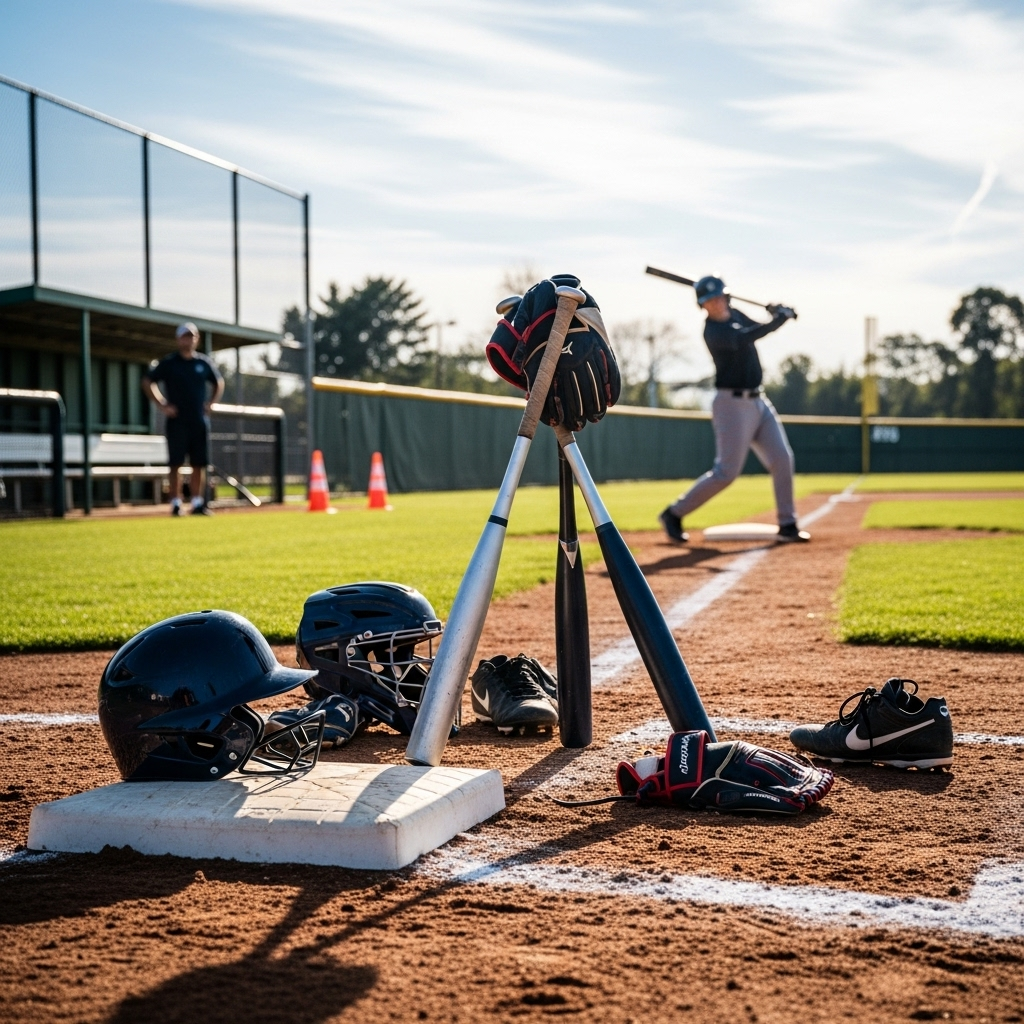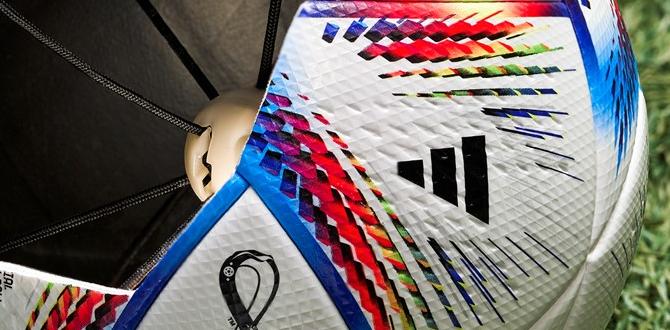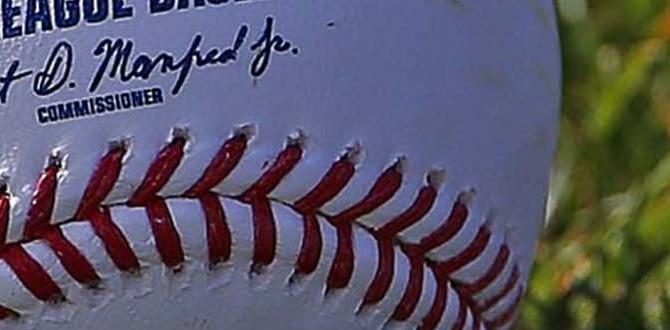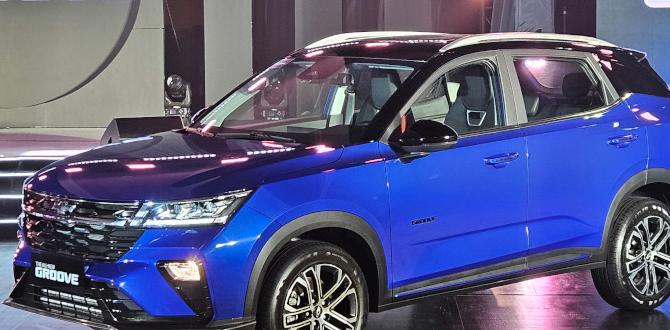The best baseball bats for 7-8 year olds offer a balance of lightweight feel, durable construction, and appropriate sizing. Choosing the right bat helps young players develop proper swing mechanics, generate more power, and enjoy the game more. This guide simplifies your selection process to ensure a great fit for your young slugger.
Baseball Bats for 7-8 Year Olds: Your Essential Guide
Finding the perfect baseball bat for your 7 or 8-year-old can feel like a swing and a miss sometimes, right? It’s a common challenge for parents and young players alike. The sheer variety can be overwhelming, and you just want to get something that’s safe, effective, and helps your child have fun and improve. A bat that’s too heavy can hinder their swing, while one that’s too light might not offer enough pop. Don’t worry, though! We’re going to walk through everything you need to know, step by step, to pick the ideal bat for your budding baseball star. We’ll cover sizing, materials, important features, and what to look for to make sure your young player is ready to step up to the plate with confidence.
Why the Right Bat Matters So Much for Young Players
At the 7-8 year old age group, players are transitioning from T-ball to coach pitch and even some kid pitch leagues. This is a crucial time for developing fundamental baseball skills, and the right equipment plays a supporting role. A bat that’s too heavy can lead to a slow, chopping swing, poor bat control, and even injuries. Conversely, a bat that’s too light might not provide the necessary mass to generate good ball speed off the bat. The goal is to find a bat that allows your child to swing with speed and confidence, fostering proper technique and a positive experience.
Think of it this way: imagine trying to swim with a parachute attached to your back; it’s going to be incredibly tough to move efficiently. A baseball bat works similarly. It needs to be an extension of the player’s body, allowing them to generate power through a smooth, fluid motion. For 7-8 year olds, this means prioritizing lighter weights and manageable lengths so they can develop proper mechanics rather than fighting their equipment.
Understanding Baseball Bat Sizing: The Key to Confidence
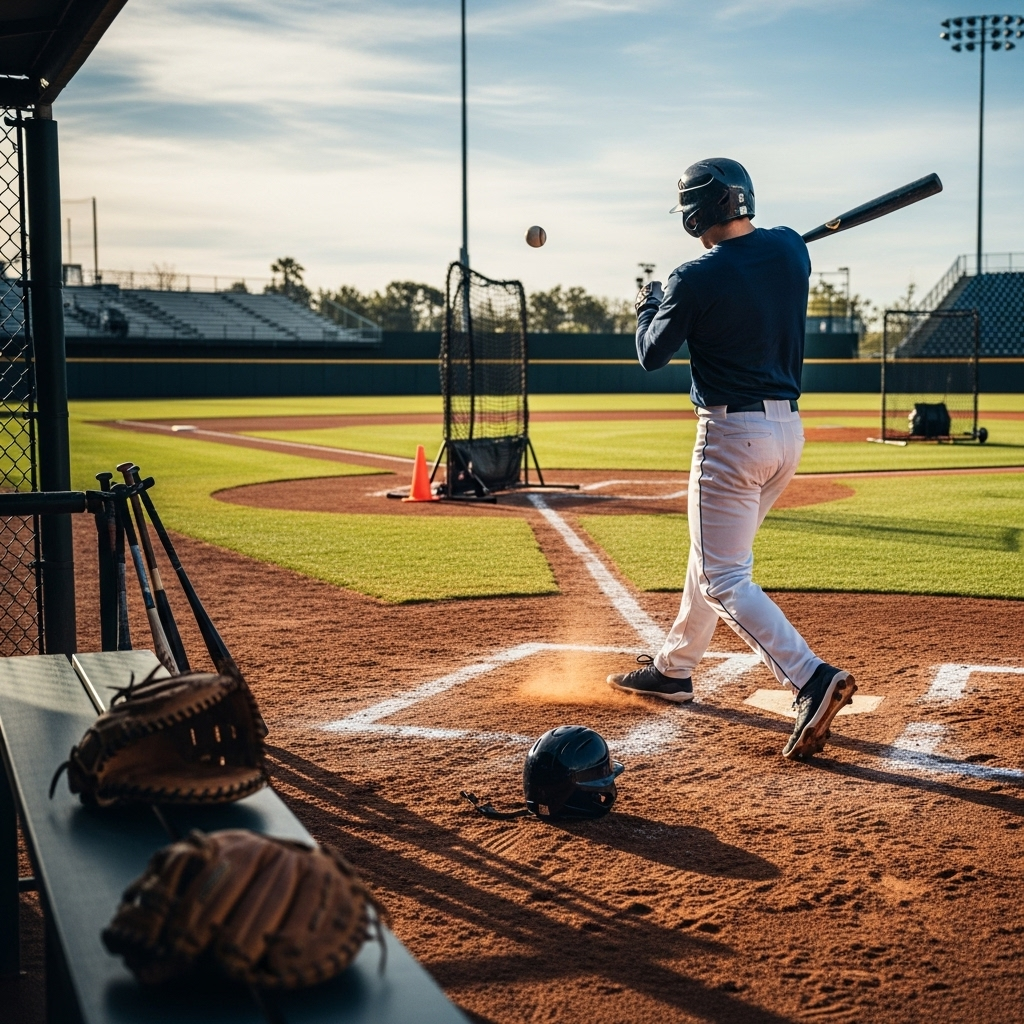
Getting the size right is arguably the most important factor when choosing a baseball bat for a young player. A bat that is too long or too heavy will make it difficult for them to swing with control and speed. We want a bat that feels like an extension of their arm, not a burden.
How to Measure for the Right Bat Length
There are a few simple at-home methods to get a good estimate for bat length. These are great starting points, but remember that a child’s comfort and swing speed are the ultimate guides.
- The By-the-Arms Method: Have your child stand with their arms relaxed at their sides. Place the end of the bat on the ground next to their leg. Ideally, the handle of the bat should come up to the middle of their palm. If it’s much higher or lower, the length might be off.
- The Torso Method: Have your child stand with the bat held straight out in front of them, parallel to the ground, with one hand on the handle. The end of the bat should reach to their chest. This is another good indicator of appropriate length.
- The Swing Test: If possible, let your child try swinging a few different lengths. A good indicator is if they can swing the bat with one hand without their arm struggling to stay parallel to the ground.
It’s important to consider their height and weight, but these methods often provide a more accurate picture for young players who are still growing and developing their strength.
The Magic of Drop Weight (and Why It Matters)
You’ll encounter terms like “drop weight” when looking at bats. This might sound technical, but it’s quite simple. The drop weight is the difference between the bat’s length and its weight. For example, a 28-inch bat that weighs 18 ounces has a drop weight of -10 (28 – 18 = 10). A smaller drop weight means a lighter bat relative to its length. For 7-8 year olds, a lighter bat is almost always better.
Baseball bats for this age group typically have drop weights ranging from -10 to -13. A drop of -10 is very common and a good starting point. Bats with a drop of -12 or -13 are even lighter and can be excellent for players who are just starting or struggling with bat speed.
Here’s a quick look at common drop weights and what they generally mean:
| Drop Weight | Bat Weight Example (for 28-inch bat) | General Characteristics | Best For |
|---|---|---|---|
| -10 | 18 oz. | Balanced weight, good for developing players. | Players looking for a solid all-around bat, transition from T-ball. |
| -11 | 17 oz. | Slightly lighter for improved swing speed. | Players who benefit from a quicker bat path. |
| -12 | 16 oz. | Noticeably lighter, easier to whip through the zone. | Younger players or those with less developed strength. |
| -13 | 15 oz. | Very lightweight for maximum bat speed. | Players who struggle with bat speed or are very small for their age. |
Remember, the goal is to allow your child to generate maximum bat speed with proper control. A lighter bat helps achieve this more easily.
Bat Materials: Aluminum vs. Composite
Baseball bats for youth leagues are primarily made from two types of materials: aluminum alloy and composite. Each has its own set of pros and cons that can influence performance and durability.
Aluminum Alloy Bats
Aluminum alloy bats are the most common type you’ll find for younger players. They are generally more affordable, durable, and don’t require a “break-in” period.
- Pros:
- Durable: Can withstand a lot of use without cracking.
- Affordable: Typically less expensive than composite bats.
- No Break-in: Ready to hit right out of the wrapper.
- Consistent Performance: Performance doesn’t change significantly with temperature.
- Cons:
- “Worse” Sound: Tend to have a louder, more metallic “ping” sound when hitting the ball, which some players dislike.
- Less “Pop” (Historically): While modern alloys are excellent, some argue they don’t offer quite the same trampoline effect as a broken-in composite bat.
- Can Dent: Though durable, they can dent if abused.
Composite Bats
Composite bats are made from layered carbon fibers and resins. They often offer a larger sweet spot and a more forgiving feel, but they can come with a higher price tag and temperature sensitivity.
- Pros:
- Larger Sweet Spot: Often have a more forgiving hitting area.
- “Stiffer” Feel: Many players enjoy the feel and slight vibration dampening.
- Potentially More “Pop”: When properly broken in, they can offer excellent energy transfer.
- Lighter Swing Weight: Can often be made lighter for their size compared to alloy.
- Cons:
- Price: Generally more expensive than alloy bats.
- Break-in Required: Many composite bats need a period of “break-in” to reach their optimal performance. This involves hitting a few hundred balls the right way.
- Temperature Sensitive: Performance can be reduced in cold weather (below 60°F or 15°C). Some leagues have rules about using composite bats in cold conditions to prevent damage.
- Durability: Can be more prone to cracking if abused or used in cold weather.
For 7-8 year olds, aluminum alloy bats are often the go-to choice. They are very forgiving on the wallet, less fussy about temperature, and provide good performance straight away. If budget isn’t a primary concern and you’re playing in warmer climates, a composite bat could also be a great option, but it’s worth understanding the break-in and temperature considerations.
Key Features to Look For in a Youth Bat
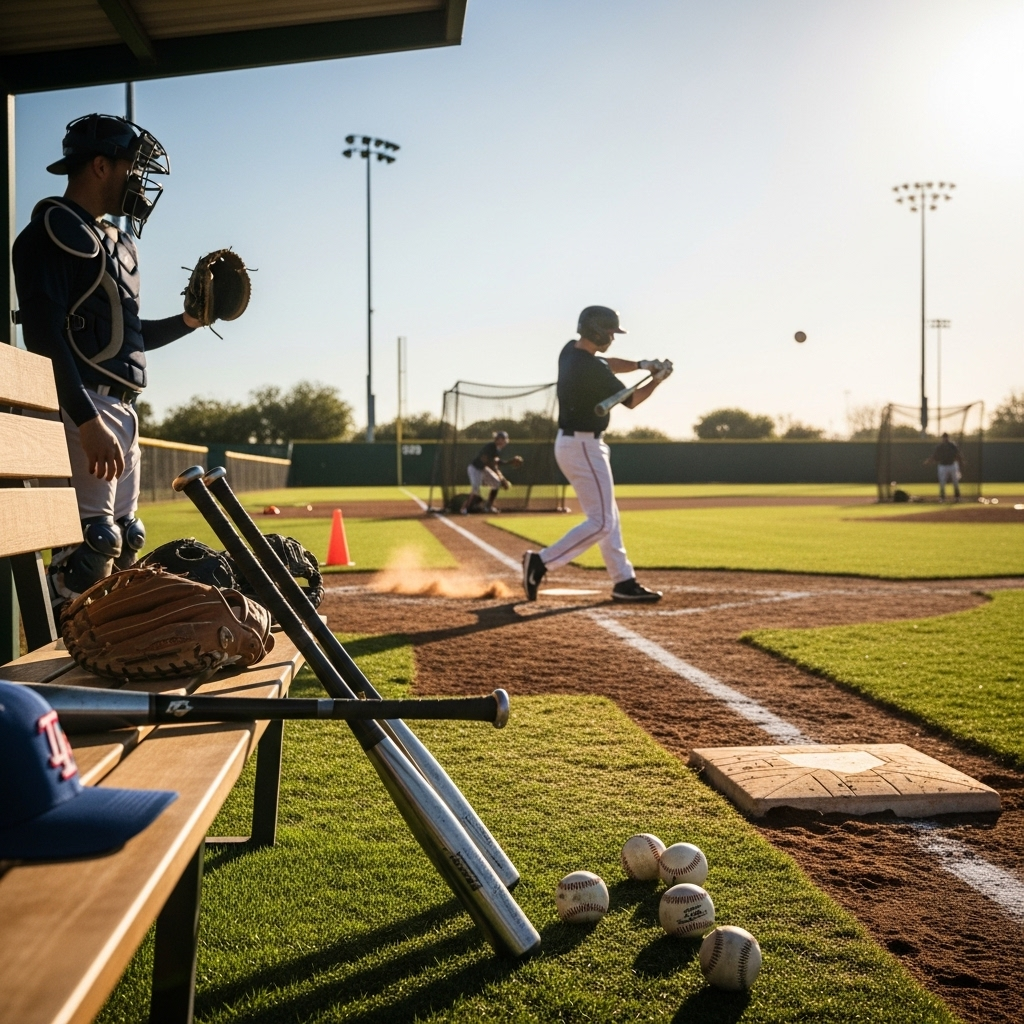
Beyond size and material, a few other features can make a big difference. These smaller details contribute to comfort, performance, and the overall user experience for your young player.
- Barrel Diameter: For most youth leagues (like Little League, USSSA, and USA Baseball), the standard barrel diameter for non-senior league bats is 2 1/4 inches. Some newer designs allow for 2 5/8 inch barrels, but always check your league’s specific rules! A larger barrel diameter can sometimes mean a slightly larger sweet spot, but it can also add to the bat’s overall weight and swing feel. For 7-8 year olds, sticking with the 2 1/4 inch barrel is usually a safe bet and ensures compliance with most leagues.
- Sweet Spot Size: The “sweet spot” is the area on the bat that transfers energy most efficiently to the ball, resulting in a solid hit. While composite bats are often marketed as having larger sweet spots, modern alloy bats also offer very generous hitting areas. A larger sweet spot is more forgiving for off-center hits.
- Grip: A comfortable, non-slip grip is essential for a secure hold. Most bats come with a rubberized grip, but look for one that feels good in your child’s hand. Some parents like to add a bat grip enhancer or additional layers of grip tape for older or stronger hitters, but for 7-8 year olds, the stock grip is usually sufficient.
- End Cap: The end cap is the piece at the very end of the bat. Most youth bats have a standard end cap. Some high-end bats feature specialized end caps designed to improve swing speed or dampen vibrations. For this age group, a well-integrated, sturdy end cap is what you need.
- Certifications (USA Baseball, USSSA): This is crucial! Youth baseball leagues specify which bat standards are allowed. For 7-8 year olds, you’ll most commonly see bats certified with the USA Baseball stamp or the USSSA stamp.
- USA Baseball: Bats with the USA Baseball logo adhere to new regulations and are approved for use in leagues under the USA Baseball umbrella (like Little League, Pony Baseball, Cal Ripken Baseball, and AABC). These bats perform more like traditional wood bats, prioritizing safety.
- USSSA: bats with the USSSA logo are approved for leagues that follow USSSA rules. These often have a more pronounced “trampoline effect” (like BBCOR bats for older players), allowing for potentially more velocity off the bat than USA Baseball certified bats.
Always check with your specific league to see which certification they require. Most 7-8 year old leagues will accept either, but it’s best to be sure to avoid any issues on game day. You can find more information on bat standards from authoritative sources like USSSA or Little League Baseball.
Popular Bat Brands and Recommendations for 7-8 Year Olds
Several reputable brands consistently produce high-quality youth baseball bats. While specific models change year to year, these brands are known for their performance and reliability in the youth market. Focusing on their -10 or -11 drop weight offerings in alloy is usually a winning strategy for this age group.
Top Brands to Consider:
- DeMarini: Known for its innovative designs and performance, DeMarini offers excellent alloy bats like the Uprising and CF series (when available in alloy for youth).
- Easton: A long-standing leader in baseball equipment, Easton’s Ghost X, Alpha ALX, and Speed series are popular choices, offering a good balance of power and swing speed.
- Louisville Slugger: Another legacy brand, Louisville Slugger provides reliable bats such as the Omaha and Meta series, often praised for their durability and pop.
- Rawlings: Rawlings offers a range of alloy bats focused on performance and value, often with a great feel and sound.
- Marucci: Marucci has gained popularity for its high-quality bats, with alloy options designed for younger players seeking a balanced swing.
Example Bat Models (Check for Current Year Versions):
While specific model numbers change each season, here are types of bats that are generally well-regarded for 7-8 year olds (look for the “USA Baseball” or “USSSA” stamp as appropriate for your league):
- Easton Alpha ALX (-10 or -11): Often praised for its lightweight feel allowing for great bat speed, this alloy bat is a consistent performer.
- DeMarini Uprising (-10 or -11): A popular choice for its balanced swing weight and durable alloy construction, offering good value.
- Louisville Slugger Prime (-10 or -11): Known for its feel and responsiveness, this bat helps young players feel connected to their swings.
When trying to choose a specific model, read reviews for the current year’s offerings, but prioritize the sizing and drop weight recommendations mentioned earlier. Your child’s comfort and ability to swing the bat with confidence will be the best indicators of a good fit.
A Sample Batting Progression Chart for Young Players
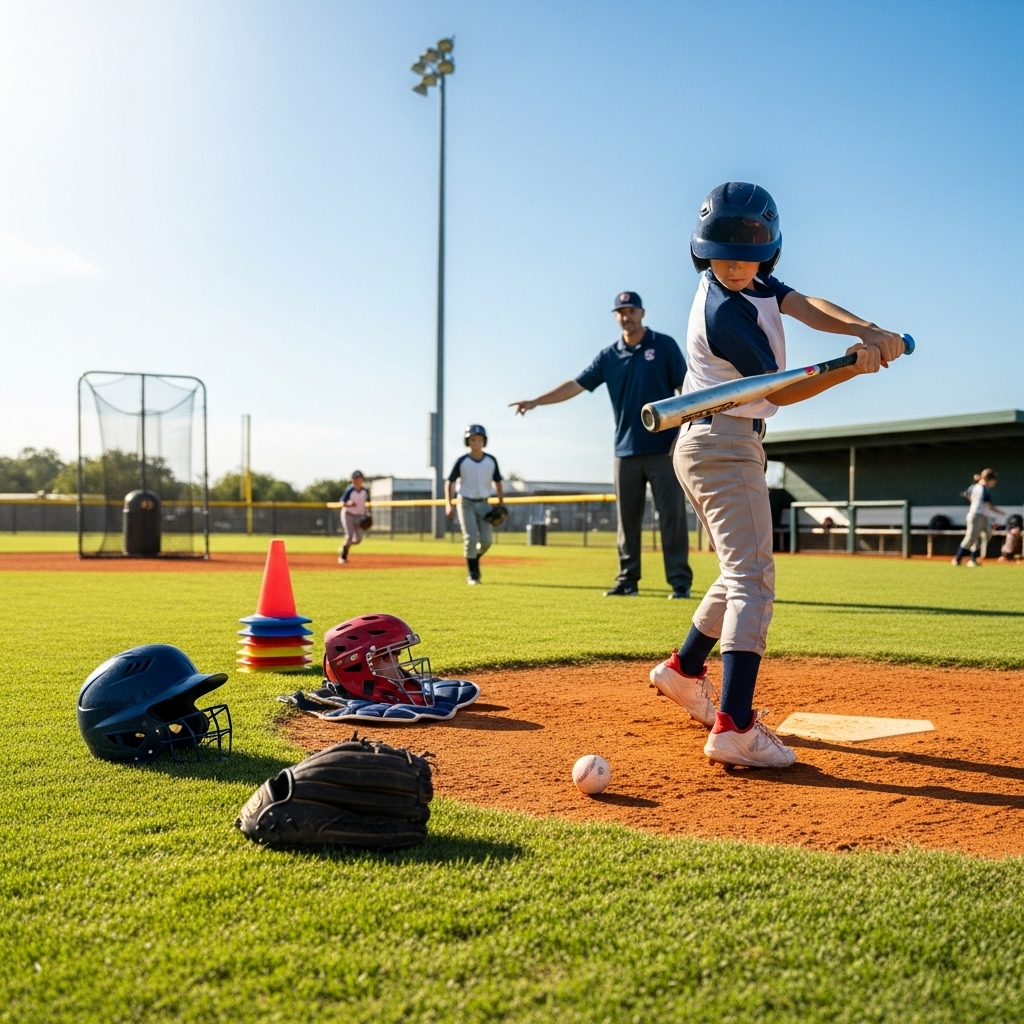
As players grow and develop, their bat needs will change. This chart provides a general guideline for bat length and weight progression for players in the younger youth divisions. Remember, these are suggestions, and individual development can vary.
| Age Range | Typical Height Range (Inches) | Typical Weight Range (Lbs) | Recommended Bat Length (Inches) | Recommended Bat Drop | Typical Bat Weight (Oz) |
|---|---|---|---|---|---|
| 5-6 (T-Ball) | 38-44 | 35-50 | 24-27 | -10 to -13 | 14-17 |
| 7-8 (Coach/Kid Pitch) | 45-52 | 45-65 | 27-30 | -10 to -12 | 17-20 |
| 9-10 (Kid Pitch) | 53-57 | 55-80 | 29-31 | -10 to -11 | 19-21 |
| 11-12 (Senior League Intro) | 58-64 | 70-100 | 30-32 | -10 to -11 | 20-22 |
Important Considerations for the progression:
- Swing Speed is King: Always prioritize a bat length and weight that allows for the fastest, most controlled swing. A player who can comfortably swing a 28-inch bat with great speed is better off than one struggling with a 30-inch bat.
- League Rules: As players get older, they may transition to different bat standards (e.g., BBCOR for high school). Always verify league regulations.
- Physical Development: Some players develop strength faster than others. Use this chart as a guide, but observe your child’s ability to handle different weights and lengths.
Caring for Your Child’s Baseball Bat
A little bit of care can go a long way in preserving your child’s baseball bat and ensuring it performs well over time. While alloy bats are quite robust, following these tips will help keep them in tip-top shape.
- Avoid Extreme Temperatures: As mentioned, composite bats are particularly sensitive to cold. Alloy bats are less affected, but it’s still a good practice to avoid leaving any bat out in freezing temperatures or intense, prolonged heat.
- Keep it Clean: Wipe down the bat after use with a dry or slightly damp cloth to remove dirt and grime. This helps maintain the grip and the finish.
- Store it Properly: When not in use, store the bat in a cool, dry place. Avoid leaning it against a wall for extended periods, as this can sometimes cause slight warping over time,
